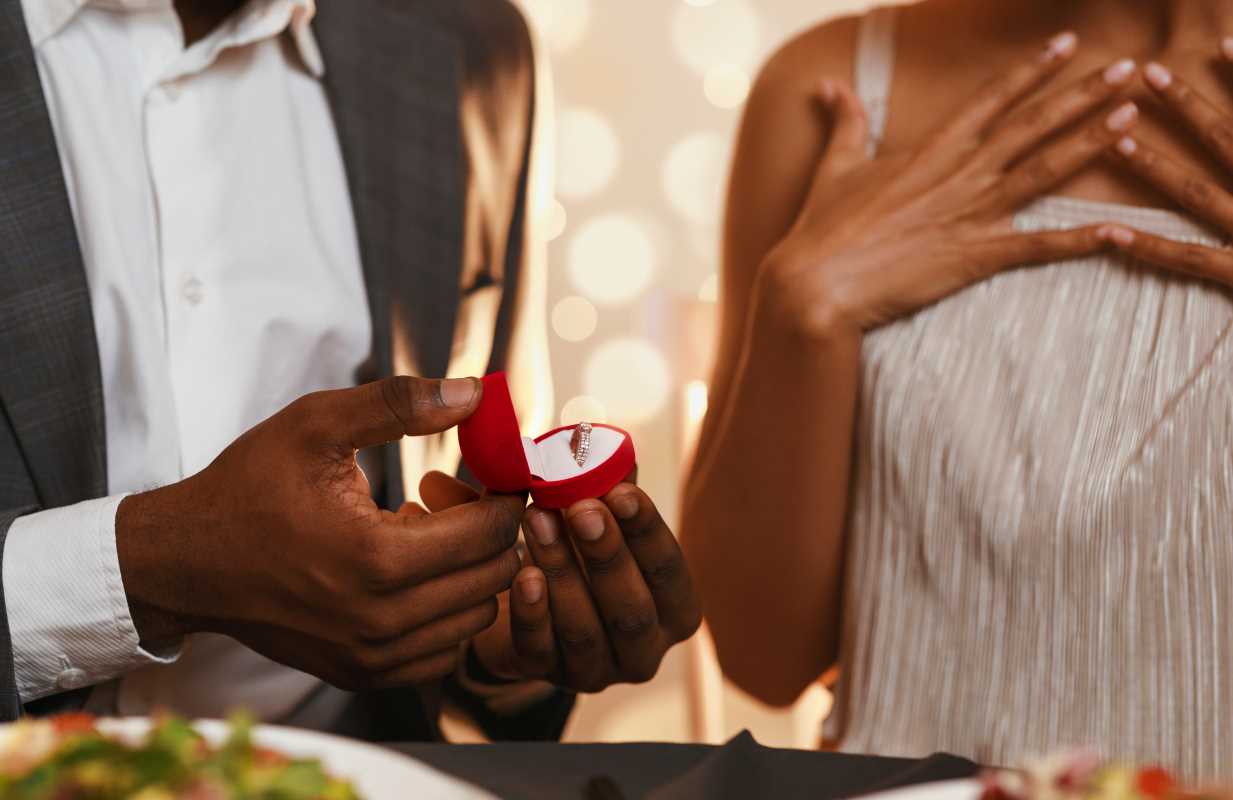Cold plunges have become a buzzword in the wellness world, often touted as a magical solution for boosting mental clarity, improving focus, and even elevating mood. Influencers and wellness enthusiasts alike swear by the icy dips, claiming they yield almost immediate transformation. But how much of this is rooted in science, and what’s merely hype?
While cold plunges certainly offer unique benefits, there’s a lot of misinformation circulating about what they can actually do. If you're considering plunging into this chilly practice, it’s important to separate fact from fiction. Below, we address some of the most common myths about cold plunges and provide evidence-based insights to help you make an informed decision.
Myth 1: Cold Plunges Work Instantly to "Clear Your Mind"
One of the most pervasive myths surrounding cold plunges is the idea that a single session will instantly rid you of mental fog and leave you laser-focused for hours. While some people report feeling energized right after stepping out of cold water, this effect isn’t the same as achieving long-term mental clarity.
The Reality:
The immediate sense of alertness after a cold plunge is largely due to how your body reacts to cold temperatures. Immersing yourself in freezing water kickstarts your fight-or-flight response, leading to a surge of norepinephrine and adrenaline. These hormones can heighten your mood, sharpen your focus, and make you feel more awake in the short term.
But this isn’t necessarily the same as achieving sustained mental clarity. For lasting benefits, cold plunges need to be part of a broader routine that includes adequate sleep, regular exercise, and stress management. Cold plunges might provide a temporary boost, but they aren't a magical substitute for a well-rounded wellness approach.
Myth 2: Cold Plunges Are Unsafe for Beginners
Another common misconception is that cold plunges are too extreme or dangerous for beginners, especially those who’ve never practiced cold exposure techniques. While caution is always warranted when trying new wellness practices, a careful approach can make cold plunges perfectly safe for most people.
The Reality:
Cold plunges can indeed be jarring for your system, especially the first few times. However, they are generally safe for healthy individuals when done correctly. The key is to ease in gradually and listen to your body. Starting with shorter exposure times and slightly warmer temperatures can help you acclimate to the practice without overwhelming your system.
That being said, people with certain conditions, such as heart problems or high blood pressure, should consult with a doctor before attempting cold plunges. The cold can constrict blood vessels and increase heart rate, which may be risky for individuals with pre-existing health concerns.
Myth 3: They’re Only for Hardcore "Biohackers"
The wellness community often portrays cold plunges as an advanced technique reserved for biohackers or elite athletes. With images of people plunging into ice baths at dawn or cutting holes in frozen lakes, it’s easy to believe this practice is only for the most extreme enthusiasts.
The Reality:
Cold plunges aren’t just for seasoned wellness gurus. The practice is accessible to anyone who takes the time to learn basic techniques and respects their body’s limits. You don’t need a state-of-the-art ice bath or a remote arctic lake to try it; even cold showers or using a tub with cold tap water can provide many of the same benefits.
The idea here is consistency. You don’t need to tolerate subzero temperatures to see results. Even a small shift in your comfort zone, like gradually lowering shower temperatures over days or weeks, is enough to reap some benefits. Cold plunges are for anyone curious about exploring their physical and mental edges, not just biohackers chasing the next best thing.
Myth 4: Cold Plunges Are a Cure-All for Mental Health
With claims that cold plunges can reduce anxiety, depression, and chronic stress, many people are led to believe that cold exposure is the ultimate mental health solution. While there is some truth to the mood-lifting effects of cold plunges, it’s important not to overstate their impact.
The Reality:
Cold plunges have been shown to increase levels of norepinephrine, which may help improve mood and decrease inflammation. Additionally, the endorphin rush associated with cold exposure can contribute to feelings of well-being. This is why many people report feeling an emotional high after a plunge.
However, these effects are temporary and vary from person to person. While cold plunges might complement a mental health routine, they are not a substitute for professional therapy, medication, or other evidence-based treatments. Think of cold plunges as one tool in the broader toolkit for maintaining mental wellness.
Myth 5: Longer and Colder Is Always Better
A lot of advice floating around suggests that the colder the water and the longer you stay in, the more benefits you’ll reap. This has led to the glorified image of people enduring extended plunges in freezing water, as if suffering is directly correlated with success.
The Reality:
When it comes to cold plunges, more is not always better. Prolonged exposure to extreme cold can be harmful and even dangerous, leading to hypothermia or frostbite. For most people, the benefits of cold exposure can be achieved in as little as two to five minutes, at temperatures ranging from 50–59°F (10–15°C).
Comfort is not the goal, but safety is. There’s no need to push your limits beyond what feels tolerable. Short, regular sessions are much more effective than an occasional marathon plunge. The goal is to challenge your body enough to trigger an adaptive response, but not so much that you put yourself at risk.
Myth 6: Cold Plunges Don’t Fit Into a Busy Lifestyle
A final myth is the idea that cold plunges are time-consuming or inconvenient, making them impractical for people with busy schedules.
The Reality:
You don’t need an elaborate setup or spare hours in your day to incorporate cold plunges into your routine. A quick three-minute cold shower in the morning or after a workout can provide similar benefits to a full-on plunge. Many people also use portable tubs that can be filled with tap water and don’t require much prep time.
The simplicity of cold exposure is part of its appeal. Whether it’s a moment of mindfulness in the shower or a quick midday reset, cold plunges can be adapted to fit almost any lifestyle.







